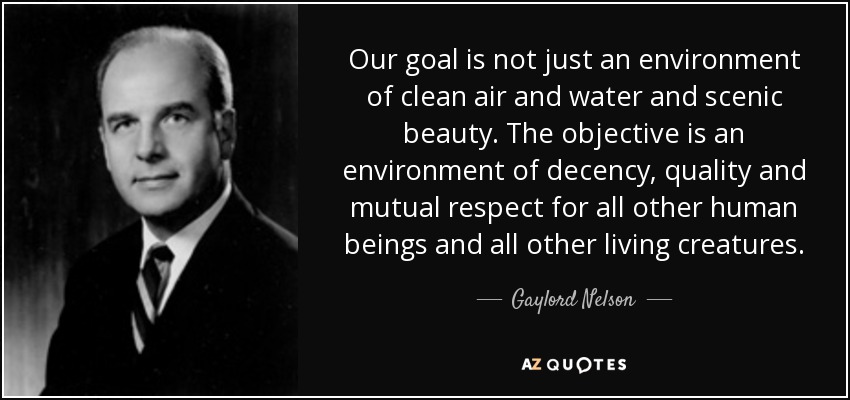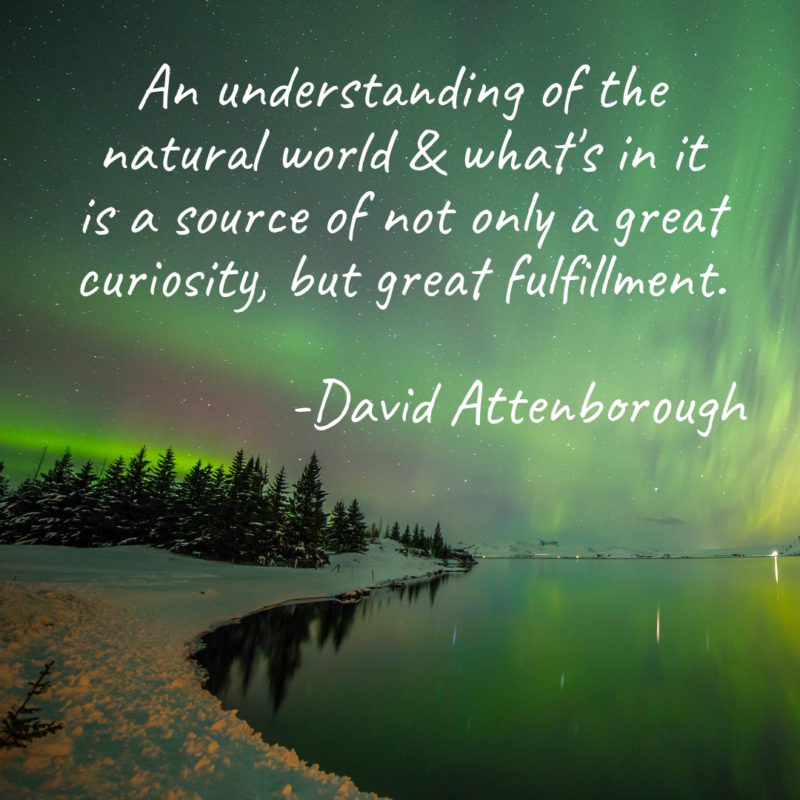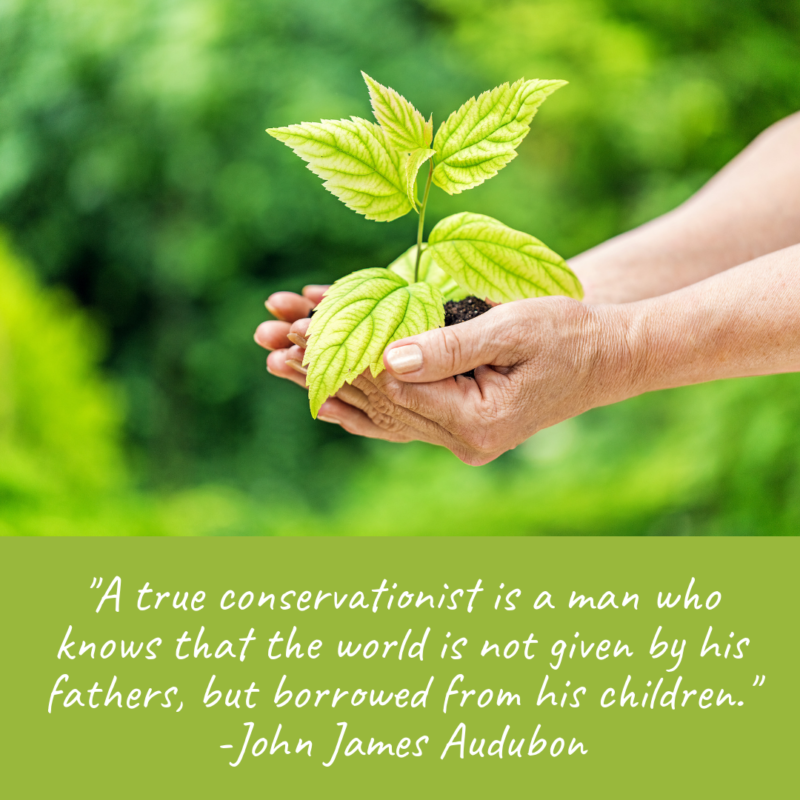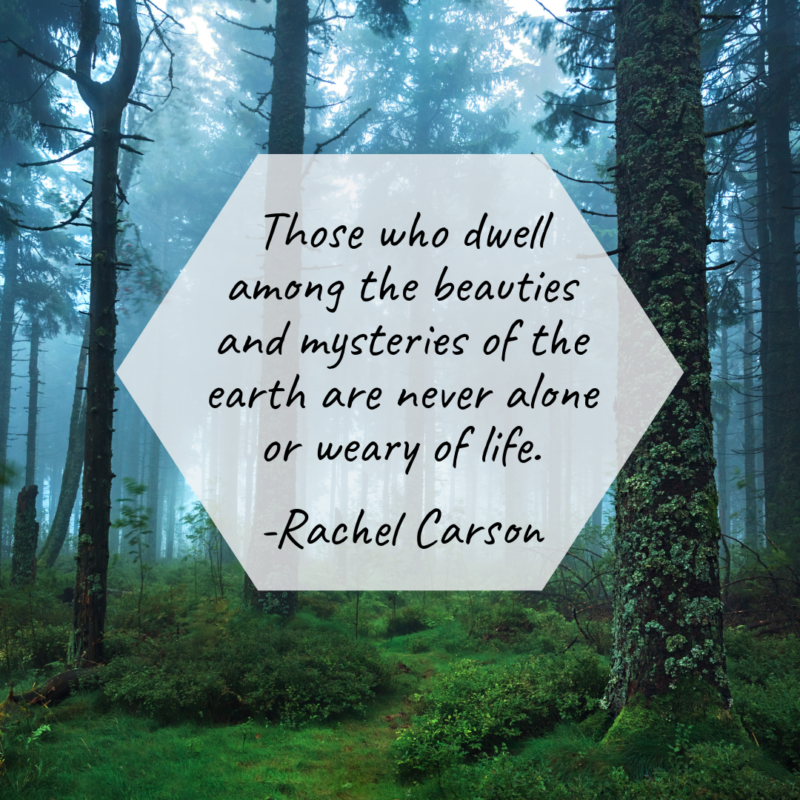Conceived by Senator Gaylord Nelson of Wisconsin, Earth Day was created in 1970 to gain traction for the grassroots environmental awareness movement. Public concern over protecting our planet was still in its infancy during this time prior to environmental regulation, however, it was starting to grow.
Pollution was pushed to the forefront of public awareness after a massive oil spill off the coast of California in 1969, aiding in Nelson’s effort to bring environmental concern to the national political agenda. On April 22nd, 1970, millions of Americans marched, rallied, and protested to increase ecological awareness.
With support from both Democrats and Republicans, Earth Day ultimately led to the establishment of the Environmental Protection Agency. Several important acts were passed as a result, including The Clean Water Act, The Clean Air Act, and The Endangered Species Act.
Now celebrated in over 190 different countries, thousands of annual events promoting global eco-activism have resulted from Earth Day. From organizations to legislation, environmental education has come a long way since that first celebration in 1970.
However, over 50 years after celebrating the first Earth Day, the fight for environmental awareness has not ended. In fact, as the damaging effects of climate change continue to develop and wreak havoc on our planet, so does the urgency in which we must fight for environmental protection. This day is one to celebrate our planet, to remember where the fight began, and to continue the imperative mission of a clean and healthy Earth for all who inhabit it.
Click to Learn More About Earth Day






